Instrument And Equipment Wholesale
High-Quality Vulcanizing Machine Manufacturer in China
Discover our High-Quality Vulcanizing Machine, crafted for preparing rubber and polymer samples under controlled heat and pressure. This essential equipment ensures precise curing, a critical step before mechanical property testing like tensile or hardness. Built with durable materials and accurate temperature/pressure controls, it allows for consistent sample preparation according to industry standards, making it ideal for research, development, and quality control in rubber and plastics manufacturing.
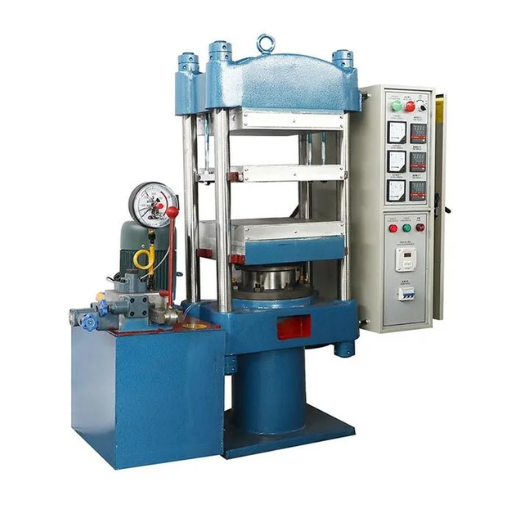
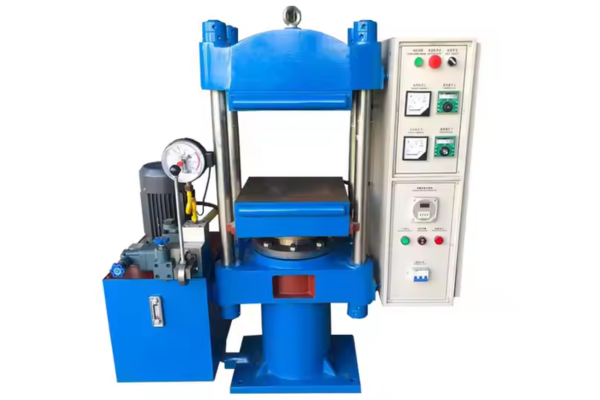
What Is A Vulcanizing Machine?
-
A Vulcanizing Machine, often a laboratory press, is equipment used to cure rubber or polymer compounds under controlled conditions of heat and pressure over a specific time.
-
It applies thermal energy to activate vulcanizing agents (like sulfur) in the raw rubber, causing cross-linking that transforms the material into a durable, elastic state.
-
This process is essential for creating cured rubber samples with stable physical properties, which can then be accurately tested for mechanical performance.
-
Widely utilized in rubber and polymer manufacturing industries for recipe development, quality control, and preparing samples for various material characterization tests.
-
Available in different sizes and configurations, laboratory vulcanizing machines ensure consistent and repeatable curing, critical for reliable testing results and product quality.
Main Features of Vulcanizing Machine
The Vulcanizing Machine enables precise analysis of materials under controlled conditions, delivering essential data for research, development, and quality assurance with robust performance.
Precise Temperature and Pressure Control
Utilizes advanced heating elements and control systems to maintain exact curing temperatures and applies uniform pressure, ensuring consistent and precise vulcanization of rubber and polymer samples.
Essential for Material Characterization
Provides properly cured samples that accurately reflect the performance characteristics of the final material, serving as a critical step for accurate testing in research, development, and quality assurance.
Reproducible Sample Preparation
Enables the creation of cured specimens with highly repeatable properties, which is fundamental for obtaining reliable and comparable results from subsequent mechanical tests like tensile strength or hardness.
Durable and Robust Construction
Built with high-grade materials designed to withstand the demanding conditions of heat and pressure cycles, ensuring longevity, stable operation, and reliable performance over many years of use.
Vulcanizing Machine For Sale
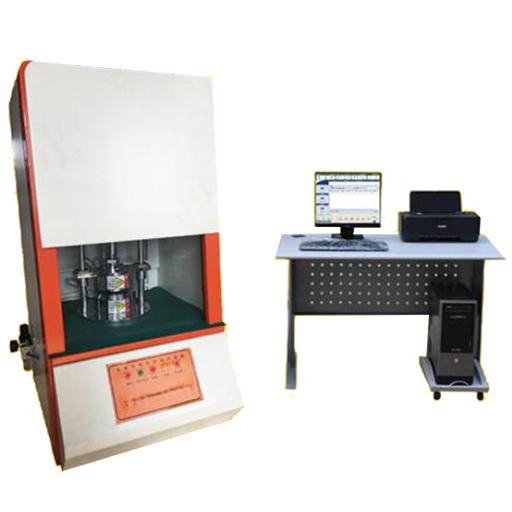
Rubber Rotorless Vulcanizer
Measures the curing characteristics (torque, scorch time, cure time) of rubber compounds under heat and pressure, crucial for optimizing vulcanization processes.
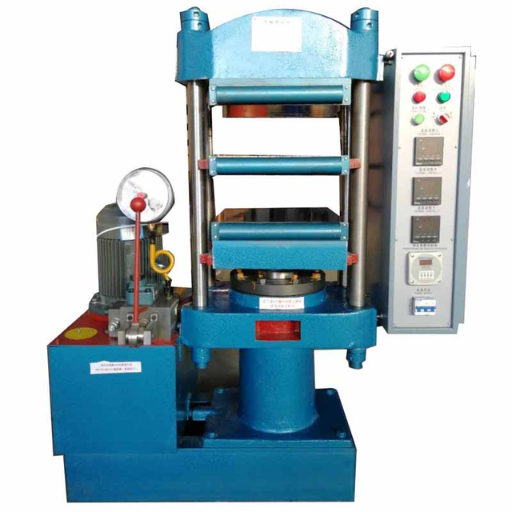
25 Tons Double Layer Flat Vulcanizing Machine
A laboratory hydraulic press with 25 tons clamping force and two heated platens for efficiently curing multiple rubber sheets or test plaques under controlled heat and pressure.
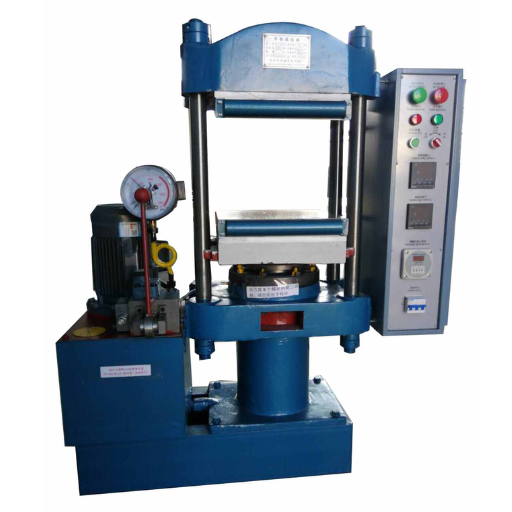
25 Tons Single Layer Flat Vulcanizing Machine
Laboratory press providing 25 tons force with a single set of heated platens to uniformly cure rubber or polymer samples for preparing specimens for physical testing.
Vulcanizing Machine Technical Specifications
| Parameter | Details |
|---|---|
| Clamping Force Capacity | Specifies the maximum pressure (e.g., tons or kN) the press can exert on the mold. |
| Platen Size | Dimensions of the heated plates, determining the maximum sample/mold size that can be accommodated. |
| Number of Layers/Platens | Single or multiple layers for curing one or more sets of samples simultaneously. |
| Temperature Range | Operating temperature limits (°C or °F) for curing various rubber compounds. |
| Temperature Control | Precision and uniformity of temperature across the platens for consistent curing. |
| Pressure Control | Ability to set and maintain precise pressure during the vulcanization cycle. |
| Heating/Cooling Method | How the platens are heated (electric) and cooled (e.g., water circulation). |
| Timer & Cycle Control | Programmable timing functions for curing duration and potentially automated cycles. |
| Daylight Opening | The maximum vertical distance between platens when fully open, allowing mold insertion. |
| Safety Features | Includes protective features like emergency stop buttons and possibly guards. |
Application Industries of Vulcanizing Machine
Rubber Product Manufacturing: Curing various rubber goods like tires, hoses, seals, belts, and molded components to achieve desired strength and elasticity.
Footwear Production: Vulcanizing rubber soles and shoe components to ensure durability and flexibility.
Polymer Processing: Curing certain thermoset polymers and elastomers for specific applications requiring cross-linking.
Research & Development: Preparing cured test samples from new rubber or polymer formulations to evaluate their final physical properties.
Quality Control: Producing standardized cured samples for testing to verify batch consistency and compliance with material specifications.
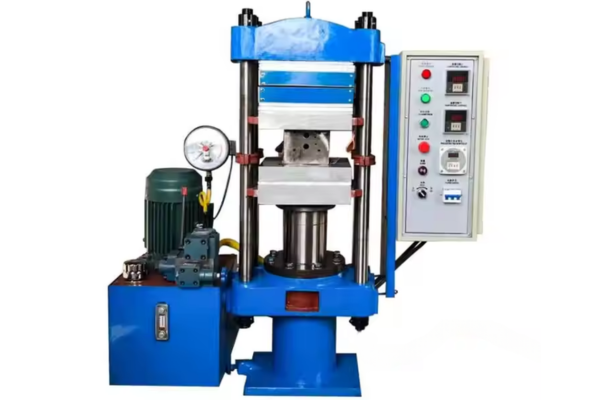
Discover Your Ideal Vulcanizing Machine Today!
Elevate your rubber and polymer material testing with our precision Vulcanizing Machines. Essential for preparing consistently cured samples, our equipment ensures accurate material property evaluation for tests like tensile strength and hardness. Achieve reliable results crucial for quality control, R&D, and meeting industry standards. Contact our expert team now for a personalized consultation.
Frequently Ask Questions
Q: What is a Vulcanizing Machine used for?
A: A Vulcanizing Machine is primarily used in the rubber and polymer industry to cure raw rubber or polymer compounds. It applies controlled heat and pressure for a specific time to initiate and complete the vulcanization process, transforming the material into a more durable and elastic state suitable for product use or testing.
Q: Why is vulcanization an important step before rubber testing?
A: Vulcanization is crucial because it changes the fundamental physical properties of rubber. Raw rubber is often soft and plastic. Curing it through vulcanization introduces cross-links that give it strength, elasticity, and resistance to deformation and temperature, making the subsequent mechanical tests accurate indicators of the final product’s performance.
Q: What are the key controlled parameters on a laboratory vulcanizing machine?
A: Laboratory vulcanizing machines provide precise control over the three main parameters essential for consistent curing: temperature, pressure (clamping force), and curing time. Accurate control of these factors ensures that test samples are uniformly vulcanized according to standard specifications or specific compound requirements.
Q: What types of materials are processed using a vulcanizing machine?
A: These machines are designed for curing natural rubber, various synthetic rubbers (like SBR, NBR, EPDM, CR), and sometimes certain thermoplastic elastomers that require cross-linking to achieve their final properties. They are fundamental in preparing samples or small batches of these materials.
Q: How does uniform curing from a vulcanizing machine impact testing results?
A: Uniform curing is critical for obtaining reliable and repeatable test results. If samples are not cured consistently, their mechanical properties (like tensile strength, elongation, hardness) will vary significantly, making it impossible to accurately characterize the material or compare different compounds.
Q: Are laboratory vulcanizing machines available in different sizes?
A: Yes, laboratory vulcanizing machines come in various sizes and capacities, typically distinguished by their maximum clamping force (e.g., 10 tons, 25 tons, 50 tons) and platen size. Some may also feature single or multiple heating layers to cure more samples simultaneously.
Q: Besides curing samples for testing, what other applications do they have?
A: Apart from preparing test samples for R&D and quality control, laboratory vulcanizing machines can be used for curing small molded parts, developing new rubber formulations, optimizing curing cycles for production-scale processes, and for educational or demonstration purposes.
Q: How does a rotorless vulcanizer relate to the vulcanizing process?
A: A rotorless vulcanizer (or rheometer) is a testing instrument that measures the curing characteristics during vulcanization. While a laboratory vulcanizing machine performs the curing process, a rheometer provides data (like torque change over time) that indicates the progression and rate of vulcanization of a rubber compound.
